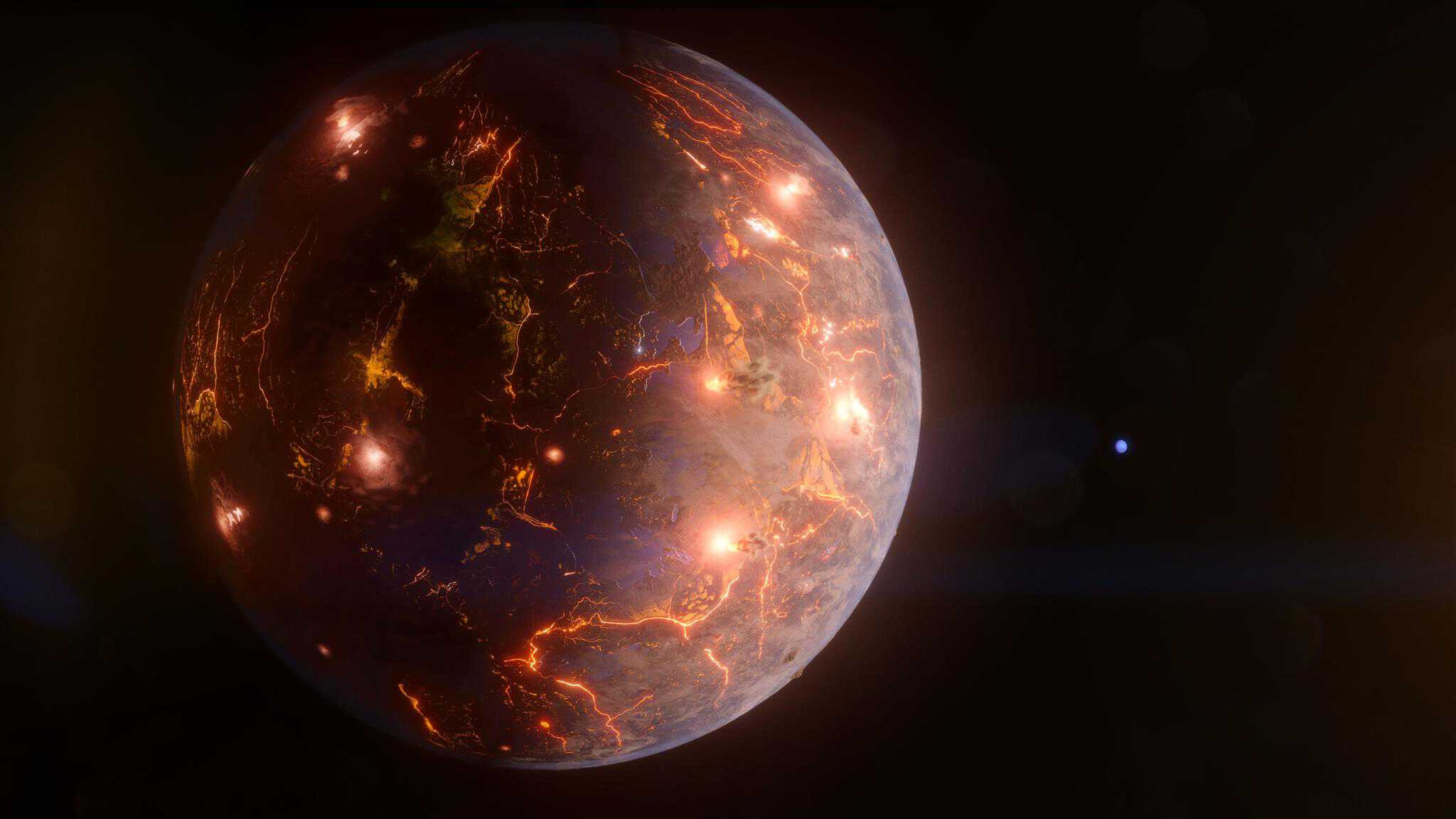
Astronomers have found a planet called LP 791-18d, which is the same size as Earth but quite different. The planet is located in the southern constellation Crater and is about 90 light years away from a small red dwarf star.
It has a volcanic landscape with multiple active volcanoes. Scientists gathered information about LP 791-18d using NASA’s TESS, the retired Spitzer Space Telescope, and several observatories on the ground.
Astronomers find this discovery significant because volcanism enables the exchange between a planet’s interior and exterior, which is particularly notable.
LP 791-18d, technically an exoplanet outside our solar system, was given its name in a scientific paper documenting the discovery. Astronomers found it while studying a small star that was already known to have two larger planets.
The two larger planets were discovered in June 2019 using NASA’s Transiting Exoplanet Survey Satellite (TESS). Additional observations made with TESS and the retired Spitzer Space Telescope confirmed the existence of LP 791-18d.
LP 791-18d is tidally locked, meaning one side always faces its star. Although the daytime temperatures are too hot for liquid water, the planet’s active volcanoes might help maintain an atmosphere.
“LP 791-18 d is tidally locked, which means the same side constantly faces its star, The day side would probably be too hot for liquid water to exist on the surface. But the amount of volcanic activity we suspect occurs all over the planet could sustain an atmosphere, which may allow water to condense on the night side,” said Björn Benneke, a co-author and astronomy professor at iREx who planned and supervised the study.
The findings of the researchers reveal that the planet has a rugged and rocky terrain, characterized by ongoing volcanic eruptions on its surface.
Although the volcanoes were not directly detected, their existence was deduced from measurements of the planet’s interactions with a larger neighboring planet orbiting the same dim star.
The gravitational pull of the larger planet creates squeezing and flexing forces on the smaller planet, resulting in the heating of its interior and volcanic activity on the surface.
The smaller planet undergoes deformation during each orbit around the star similar to the changes witnessed on Io, a Jupiter moon noted for its high volcanic activity in our solar system.
Volcanism and Atmosphere
According to Stephen Kane, a UC Riverside astronomer, volcanism plays a crucial role in a planet’s atmosphere, which in turn enables the existence of liquid water on the surface. Liquid water is essential for supporting life as we know it.
Astronomers have found two more planets in the LP 791-18 system: LP 791-18b, which is approximately 20% larger than Earth, and LP 791-18c, which is nearly seven times more massive and about 2.5 times larger than Earth.
Due to the gravitational pull of planet c, planet d has an elliptical orbit, resulting in the close proximity of these two planets to each other.
As planet d follows its elliptical path around the star, it undergoes continuous shape changes. These deformations create internal friction which has the potential to generate significant heat within the planet and ultimately lead to volcanic activity on its surface. This phenomenon is comparable to the effects experienced by Jupiter’s moon Io.
Volcanoes on LP 791-18d release mostly carbon dioxide and water vapor, which are greenhouse gases that help maintain a warm environment.
However, due to the high number of constantly erupting volcanoes, the planet is unsuitable for habitation. The presence of these volcanoes provides valuable insights into the evolution process.
LP 791-18d and Venus
The study of LP 791-18d’s volcanoes offers valuable insights into the formation of planetary ecosystems like Venus and Earth. Volcanic emissions led to a greenhouse effect on Venus, rendering it inhospitable.
However, researching LP 791-18d provides crucial details about the role of volcanoes in shaping planetary ecosystems across time.